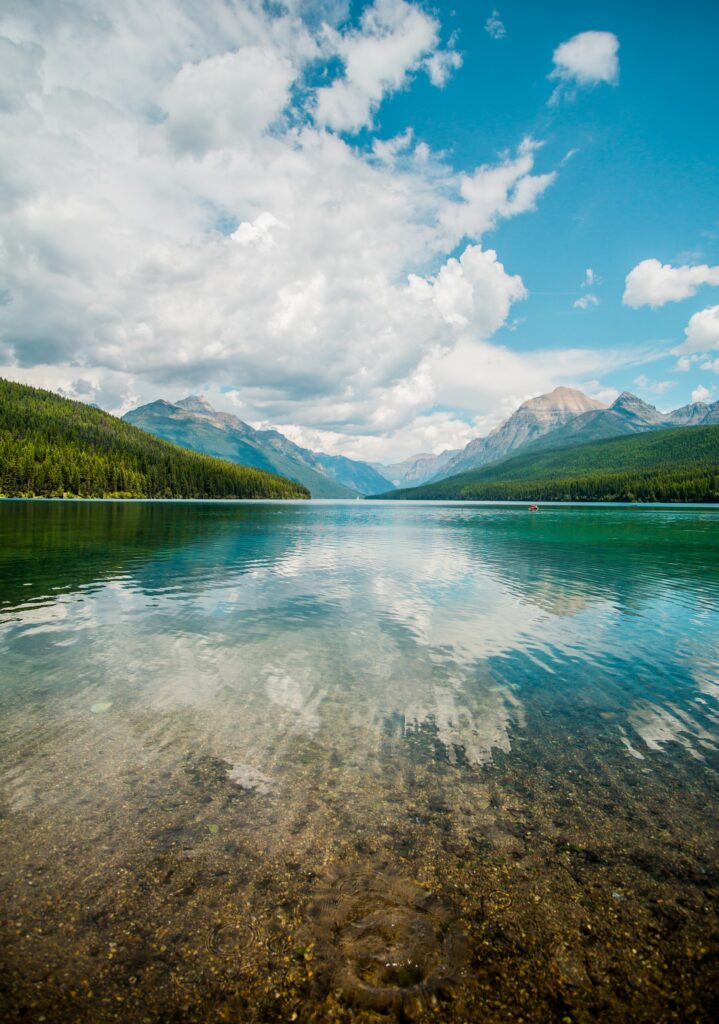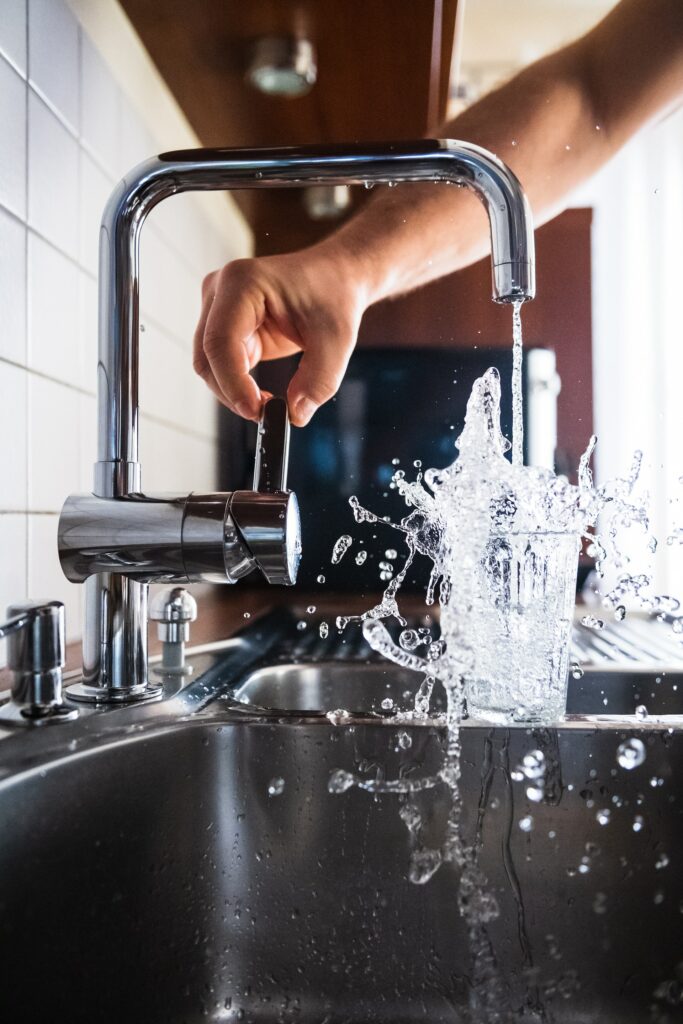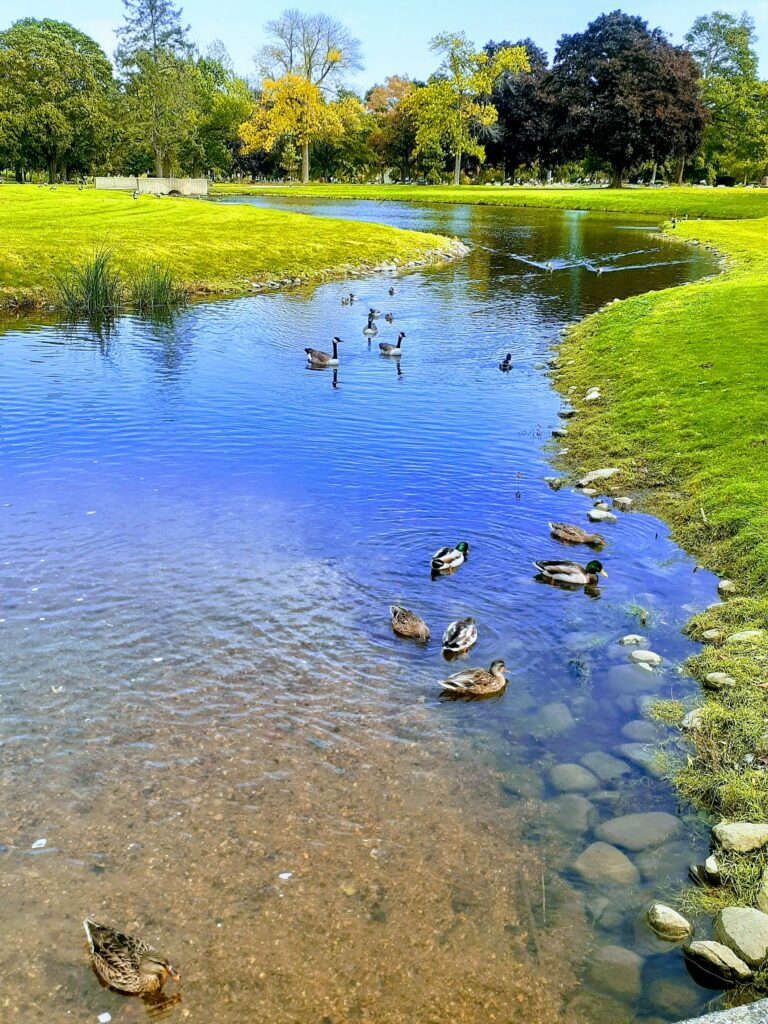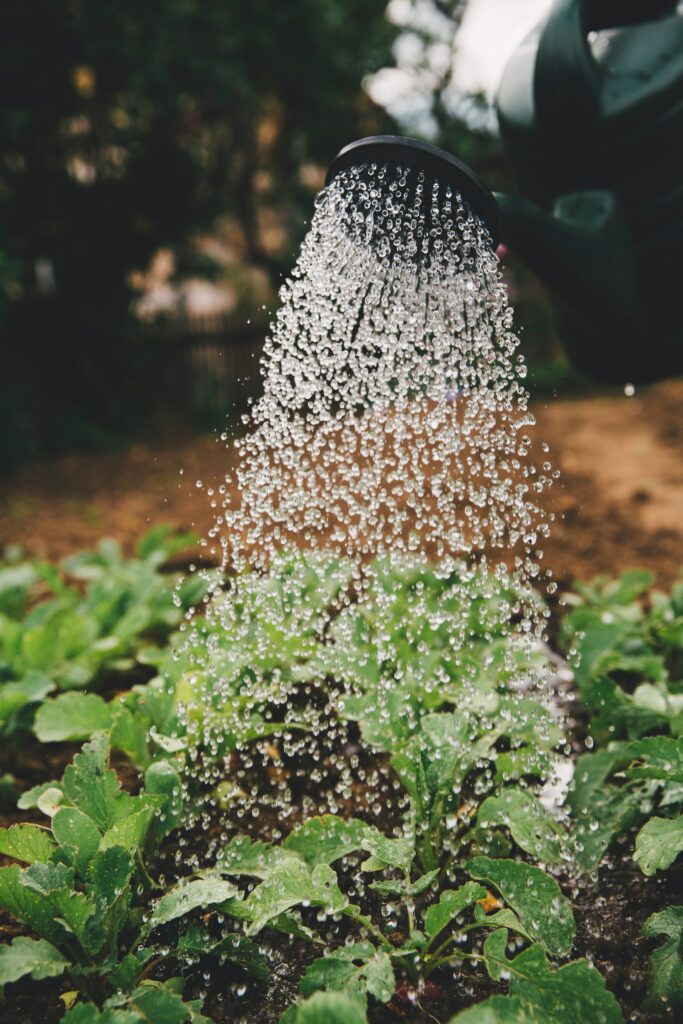Water Law in Austria

Basics
Water is an indispensable resource for humans, animals and plants.
Water is needed for the drinking water supply of private households and workplaces, use water for agriculture, industry, trade as well as for recreational areas (parks, baths etc.). Without water, fauna and flora could not exist.
Water bodies and their banks also provide space for recreation and leisure.
The use of the motor power of water as a renewable energy source is also playing an increasingly important role.
Conflicts of interest are unavoidable in view of the many possible uses. Solving them is the responsibility of various public bodies (authorities and courts), but also requires the support of experts (civil engineers and engineering firms) and legal advisors experienced in water management.
Therefore, a society, whether in Europe or anywhere else in the world, cannot manage without (legal) regulations that help to preserve water resources and their quality in the long term and distribute the rights to use them fairly among interested parties, depending on social consensus.
At the same time, water always poses the risk of flooding and high water, which requires regulation of the watercourse.
Water as a resource is therefore caught between protection, use and regulation.
Legislation and enforcement in Austria
According to Art. 10 (1) Z 10 B-VG, legislation in matters of water law and its enforcement is a federal matter.
It follows from Art 102 B-VG that the enforcement of federal laws on water law is carried out in indirect federal administration.
Accordingly, the provincial governor and the provincial authorities subordinated to him (district authorities) and, in cities with their own statutes, the mayors are entrusted with the enforcement of water law. In water law cases, the provincial administrative courts and, ultimately, the Constitutional Court and the Administrative Court act as appellate courts.
Sometimes the (ordinary) courts are also involved.
Legal basis
The Water Act 1959 (WRG) is the main national legal basis of the water law applicable in Austria. It entered into force on 17.10.1959 (BGBl 1959/215) and has been amended several times since then; most recently by the Aarhus Participation Act 2018, BGBl 2018/73.
The WRG contains – in summary – regulations for the following topics:
- The legal characteristics of the waters;
- the use of the waters;
- the sustainable management, especially the protection and purification of the waters;
- the defense and maintenance of the waters;
- general water management obligations;
- the planning and implementation of sustainable management measures for the protection and purification as well as the defense and maintenance of waters;
- the survey of the status of waters;
- the rights of compulsion;
- the water cooperatives and water associations;
- the authorities and procedures, and
- the supervision of waters and water facilities.
Other important national legal bases are the Federal Environmental Liability Act (B-UHG), Environmental Promotion Act (UFG), Environmental Information Act (UIG), Environmental Impact Assessment Act 2000 (UVP-G 2000), Environmental and Water Management Fund Act (UWFG) and the Water Structures Promotion Act (WBFG).
The most important legal bases under European law include the
- Directive 2000/60/EC establishing a framework for Community action in the field of water policy (Water Framework Directive). It contains uniform EU-wide quality targets for good ecological and chemical status of water bodies and obliges member states to implement the necessary measures to achieve or maintain good status;
- Directive 2006/118/EC on the protection of groundwater against pollution and deterioration (Groundwater Protection Directive). It defines uniform groundwater quality standards throughout Europe as well as criteria for the establishment of threshold values by the member states. Furthermore, the directive provides for measures to prevent or limit the input of pollutants into groundwater;
- Directive 2007/60/EC on the assessment and management of flood risks (Flood Directive). It requires Member States to identify those drainages basins and associated coastal areas at significant risk of flooding and to prepare flood hazard and flood risk maps and flood risk management plans for these areas.
Rules of responsibility
The responsibilities for water law matters are regulated in Sections 98 to 101 WRG:
In principle, the district administrative authorities are responsible for all water law matters that are not assigned to any other authority.
In particular, the governor of the province is responsible for
- Matters concerning boundary waters against foreign countries;
- Hydroelectric power plants with a maximum output of more than 500 kW;
- Water supply systems with a maximum possible water withdrawal of 300 l/min from groundwater or a spring or of 1,000 l/min from other water bodies;
- the discharge of wastewater from residential areas with a wastewater generation of more than 20,000 population equivalents;
- Matters of water associations and compulsory cooperatives.
The Federal Minister of Agriculture, Regions and Tourism is responsible in particular for
- Danube power plants and other large power plants;
- Barrier structures whose height above foundation bottom exceeds 30 meters or by which a water volume of more than 5,000,000 m3 is retained;
- Measures significantly affecting waters of other States;
- Water supply systems of a service area of more than 1,000,000 inhabitants;
- Large-scale effective measures to improve the water balance that span at least two countries;
- the formation of compulsory associations covering at least two countries.
In certain cases, however, other authorities also have to (co-)apply water law provisions (e.g. the trade authority).


Classification of waters
The WRG divides water bodies into public and private water bodies.
Public waters include
- The streams, rivers, creeks, and lakes enumerated in Appendix A of the WRG, with all their branches, side channels, and ramifications;
- Waters that were already treated as public waters prior to the entry into force of the WRG 1959 on the occasion of the granting of a water law permit, as well as
- those waters not expressly designated as private waters in the WRG.
Private waters are in particular
- the underground water (groundwater) contained in a property;
- the water that springs to the surface from a plot of land (day water);
- the waters collecting on a property from atmospheric precipitation (surface water);
- the water contained in wells, cisterns, ponds or other containers and the water discharged in canals, pipes, etc. for consumption purposes, provided that the provisions of Article 2 para 1 lit a and b WRG (public waters) do not conflict;
- Lakes that are not fed or flowed through by any public water;
- the discharges from the aforementioned water bodies until they join a public water body.
The distinction between public and private waters is fundamental, especially for the use of water bodies.
Water use
The lawful use of public waters is possible either within the framework of public use – free of charge, free of permission and free of consent – (Article 8 para 1 WRG) or on the basis of a special permit (e.g. according to Article 9 or Article 32 WRG):
The ordinary use of water without special devices, which does not exclude the same use by others, such as, in particular, bathing, washing, watering, flooding, scooping, the extraction of plants, mud, earth, sand, gravel, stones and ice, as well as the use of the ice cover, provided that this does not endanger the watercourse, the quality of the water or the banks, nor does it infringe a right or impair a public interest, nor does it cause damage to anyone, is permitted free of charge without special permission from the water rights authority (common atification, Article 8 para 1 WRG). This right is available to everyone.
Any use of a public water body beyond the public use, as well as the construction or modification of facilities serving for the use of the water bodies, requires a permit from the water rights authority (Article 9 para 1 WRG).
The use of private waters, with the restrictions established by law or by special legal titles, belongs to those who own them (Article 5 para 2 WRG).
On private rivers, streams and lakes, the use of water for watering and for drawing water with hand vessels, as far as it can take place without infringing rights or public or private interests by using the accesses permitted for this purpose, is permitted to everyone free of charge without special permission and without approval by the water rights authority (common atification, Article 8 para 2 WRG).
The use of private day waters, as well as the construction or modification of the facilities serving for this purpose, requires a permit from the water rights authority, if this affects third-party rights or, as a result of a connection with public waters or third-party private waters, affects the gradient, the course or the quality of the water, the course or quality of the water, in particular in a manner detrimental to health, or on the level of the water in these waters, or if a danger to the banks, flooding or swampiness of third-party properties can be brought about (Art. 9 Para. 2 WRG).

Permit requirement under water law and Interfaces
Permits under water law are issued after a procedure regulated in more detail in the WRG. The prerequisite for any water law permit is an application by the permit applicant. The information that such an application must contain can be found in Article 103 WRG.
Among others, the following are subject to the obligation to obtain a permit under water law:
- any use of public waters beyond the scope of public use, as well as the construction or modification of facilities serving the use of such waters (Article 9 para 1 WRG);
- the extraction of sand and gravel, if it is carried out with special equipment (§ 31c);
- Impacts on water bodies which directly or indirectly impair their quality, such as the introduction of substances in a solid, liquid or gaseous state with the installations or measures required for this purpose, which result in groundwater being polluted by the infiltration of substances into the ground (Article 32 WRG);
- the construction and modification of bridges, footbridges and structures on banks (Article 38 WRG);
- Drainage facilities, provided that a contiguous area of more than 3ha is involved or an adverse influence on the groundwater conditions of the receiving water or third-party rights is to be feared (Article 40 WRG);
- the construction of protective and regulating water structures (Article 41 WRG).
The permit for the use of a water body shall be limited in time. The period may not exceed 25 years in the case of water withdrawals for irrigation purposes and 90 years otherwise (Article 21 para 1 WRG).
Interfaces
Water law is a legal matter that has countless intersections with other legal matters. These intersections exist both in public law (e.g. building law, industrial law, forest law, mining law, railroad law, waste law, electricity law) and in civil and criminal law.